Growing cannabis outdoors is not only a pleasant and rewarding process, but also a way to produce truly high-quality plants with minimal investment. Sunlight, fresh air, and open space create natural conditions for strong growth. However, with each year, summer temperatures are rising, and heat waves are no longer rare — they’ve become the norm.
What should you do when the thermometer hits extreme highs, leaves are wilting, and you’re afraid of losing your crop? In this article, we’ll go over how to keep your plants healthy in extreme heat, which strains to choose, how to manage watering, shading, and feeding, and what to pay special attention to when growing cannabis in summer.
Why is heat dangerous for growing cannabis?
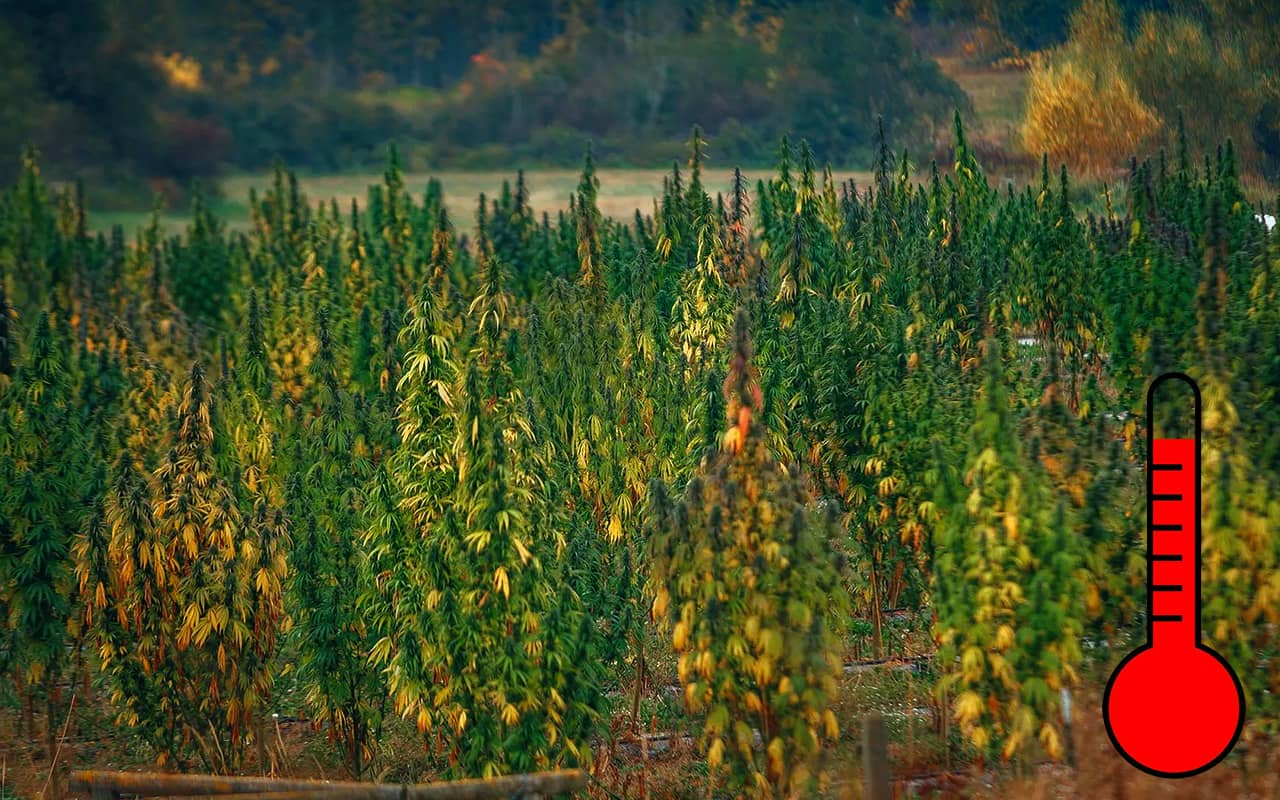
Heat is one of the biggest problems when growing cannabis outdoors in summer. When air temperatures exceed 30 °C, especially with low humidity, plants experience severe stress. Let’s take a look at the risks heat poses for cannabis growth and development:
heat stress and rapid dehydration
High temperatures cause plants to close their stomata — small pores on the leaves that they use to breathe. This limits carbon dioxide intake, slows down photosynthesis, and in turn — plant growth. Leaves may curl, lose turgor, and show signs of burns.
Soil dries out much faster in the sun. Without regular watering, the plant loses firmness — leaves droop and wilt, making the plant appear “tired.” If the situation persists, the root system stops functioning properly and the plant may die.
Poor nutrient uptake and accelerated lifecycle
In extreme heat, roots become less effective at absorbing nitrogen, potassium, phosphorus, and other essential nutrients. The result — stunted growth, yellowing leaves, weak flowering, and small, loose buds.
High temperatures can trigger premature flowering, leading to lower yields and reduced quality. Buds may contain less resin, have a weaker aroma, and lower cannabinoid content than expected.
Pests, loss of terpenes, and cannabinoids
Spider mites, aphids, and other insects love the heat. If plants are already stressed, pests will attack even faster. Heat also promotes the development of fungi, especially when watering is inconsistent.
Extreme heat leads to terpene evaporation — the compounds responsible for aroma and flavor. Resin becomes less sticky, and buds lose their rich scent and therapeutic effect.
What to do: tips and strategies for plant protection
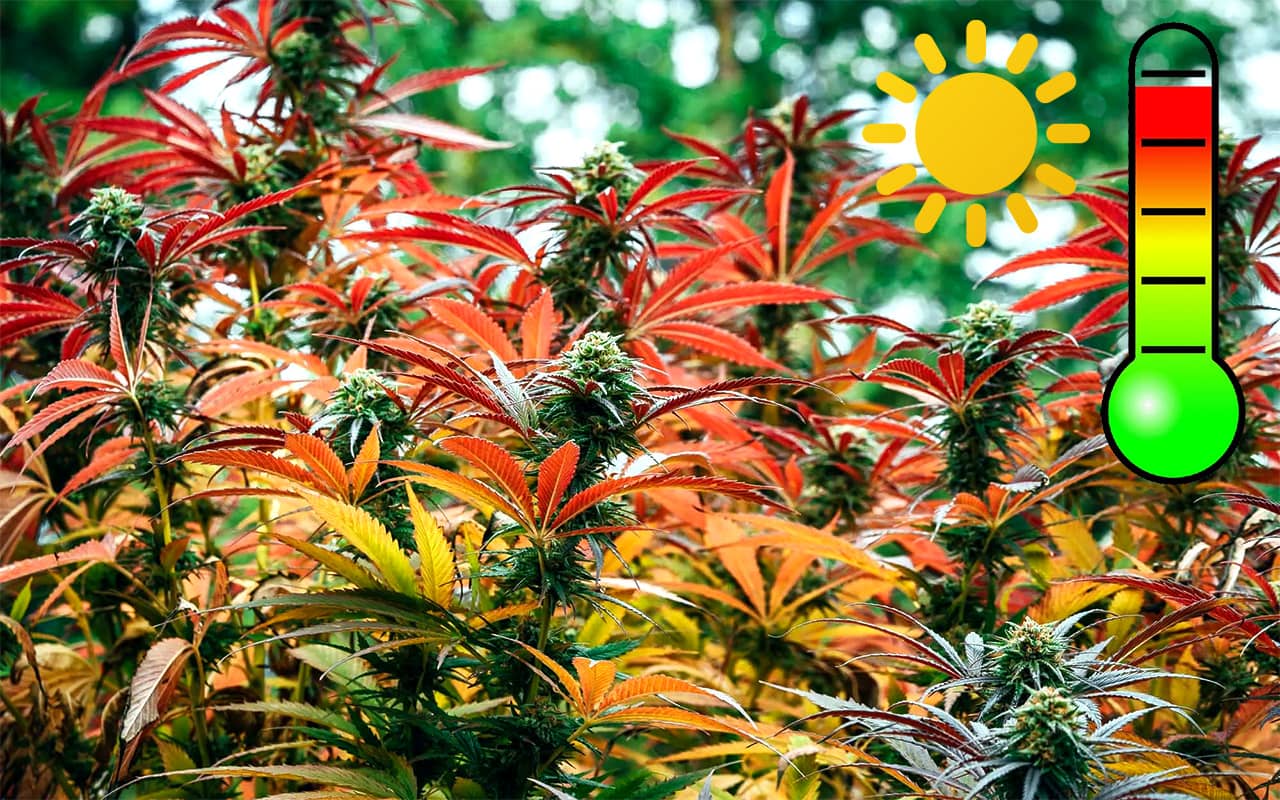
If you want to survive the heat and still get a quality harvest, you need to prepare in advance. Here are the key tips.
Choose heat-resistant strains
Some genetics are naturally adapted to hot climates. These are usually Sativas and landrace strains from dry regions like Mexico, Thailand, Africa, and the Middle East. Autoflowering strains also perform well, especially those with genetics from desert-adapted cultivars.
Example strains:
- Durban Poison;
- Amnesia Haze;
- Afghan Kush (heat and drought resistant).
Use shade cloth
Agricultural shade cloth is a simple and effective way to protect plants from harsh midday sun. The cloth is stretched over hoops or a frame to create partial shade and lower the temperature around plants by 3–7°C.
Mulch the soil
A layer of mulch (straw, wood chips, coconut substrate) helps retain moisture in the soil and protects the root zone from overheating. This is especially helpful when growing cannabis directly in the ground.
If you’re growing in pots, place them on wooden stands — this improves airflow underneath and helps cool the bottom of the container.
Plant care: watering, feeding, airflow, and spraying
It’s best to water early in the morning or late in the evening. During these times, water has a chance to soak into the soil instead of evaporating. Watering in the midday sun can cause leaf burn — water droplets act like magnifying glasses. Watering frequency depends on the climate and plant size. In extreme heat, daily watering may be necessary. Drip irrigation is the best option: it ensures consistent moisture and saves water.
Frequent watering can wash out nutrients. But increasing the nutrient dosage is risky — it can cause overfeeding. It's better to slightly lower the concentration and apply more frequently. Also, always monitor your soil pH — it should remain within the ideal range. A pH tester is an affordable and important tool in your grow equipment arsenal.
Good ventilation helps prevent overheating and mold. Remove lower leaves, especially those touching the soil — this improves air circulation and reduces the risk of fungal infections.
Light misting (foliar spray) also helps: water evaporates and lowers the surrounding temperature. But never spray under direct sunlight! Do it in the shade or at sunset.
If pests are a concern, add natural extracts to your water: garlic, conifer infusions, soap, or organic pest control solutions.
Conclusion
Heat is a serious challenge, especially when growing cannabis seeds outdoors. But with the right approach — adapting strains, watering on time, shading, mulching, and taking proper care — your plants will not only survive but thrive.
The main thing is to observe, avoid overfeeding, maintain balance, and be attentive to details. Cannabis is a grateful plant. It knows how to adapt — especially if you help it just a little.
Warning! Errors Seeds does not encourage or assist you in growing cannabis. Cultivation is prohibited by the legislation of Ukraine. The article is of scientific and introductory interest only.
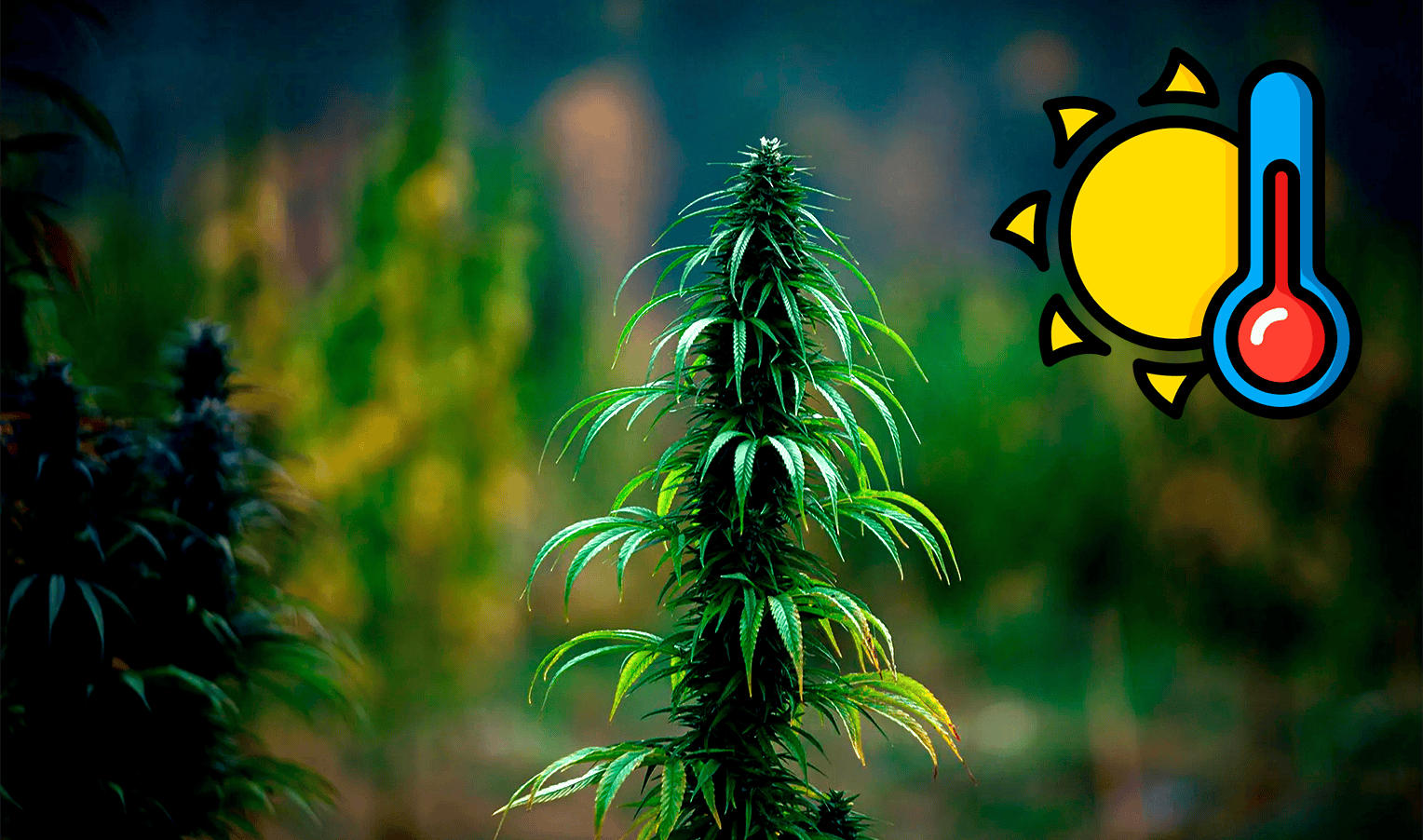
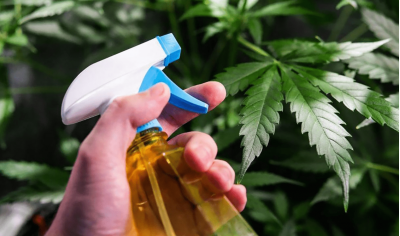
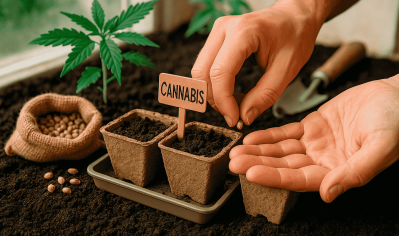


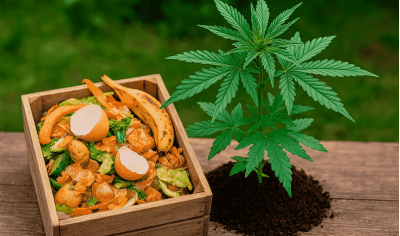


Write a comment